Tip of the Month: Those Infamous Doggy Hot Spots!
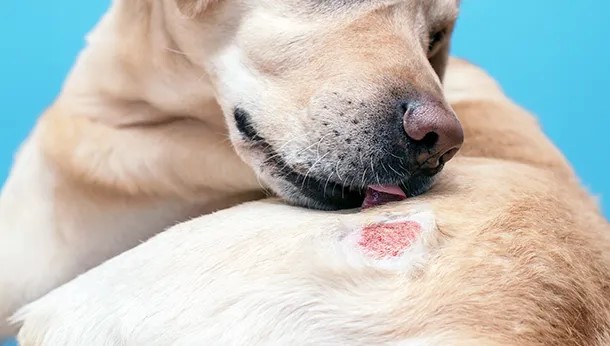
As a custom care dog boarding kennel, caring for many thousands of dogs over the past 15 years, I see all kinds of special needs … but, at this time of year, wow, the heat and humidity can wreak havoc on those fine-haired, thick-coated, thin-skinned, super-sensitive often called ‘swimmer’ breeds, especially Golden Retrievers, English Setters, Irish Setters, St Bernards, German Shepherds, Newfoundlands, and livestock guardian dogs that typically live outside full-time. These types of dog breeds typically tend to be prone to ‘moist dermatitis’ or what is called ‘hot spots’ or ‘summer sores.’
These dogs can be just fine one minute and then blam! Not ok! Literally, within a very short time, they can have nasty exposed raw and reddened skin and painful open wounds. They can have one sole hot spot or multiple areas. Hotspots can range in size, enlarge, and/or spread quickly if left untreated. Of course, insects and flies are magnetically drawn to open wounds, and even worse, the dog themselves and/or their doggy friends are driven to incessantly lick and antagonize! Yup, heat, moisture, and irritation equal THE perfect conditions for skin bacteria to thrive! To make matters worse, some dogs have to itch and roll, scratch and paw, nibble and gnaw, yet further increasing the possibility of infection – poof, all of a sudden, your dog has a major skin disruption!
So the very first thing is to be observant. Know what is normal behavior for your dog and notice when they seem abnormally distracted with some particular part of their body. Life can get so busy … did you notice that each time you pass by, they seem to be licking or chewing at that same hock or paw with more focus than usual?
Hot spots can start in a naturally warm location like the muzzle, ears, toes, genitals, or underarms; however, they can erupt anywhere. They can be brought on by stress-induced scratching or licking, an allergic reaction, insect sting, swimming without drying thoroughly (down to the skin),or something as simple as nose digging, dirt bathing, getting scratched while roughhousing with another dog, or itching an insect bite, is all it takes to develop into what is commonly known as a ‘hot spot’. Sounds simple, right? Not at all.
What starts out as a reddened hairless spot can soon worsen, spread, and become very painful, further increasing the dog's stress and irritation. If the area is being licked constantly and stays damp, skin bacteria will take off. No-see-ums and flies can be drawn into the raw area and can worsen the situation with ‘fly strike’ (laying eggs in raw wounds). If the dog rolls in the dirt or itches with their dirty nails, raw areas will be infected, and bacteria will spread further, seemingly out of control, in a matter of hours.
What to Do!
1. First, you may need to clip the area and surrounding long hairs to be able to really clean the specific area to reduce heat, help dry, and prevent serum matting with hair.
2. Clean, clean, clean, and keep clean! Use cotton baton or a lint-free type pad (swipe only once with each pad to keep from re-infecting) using an antiseptic lotion like Nolvasan, diluted Betadine, or Colloidal Silver solution. If you don’t have antiseptic like that, then clean thoroughly with soothing saline solution or cool chamomile tea (never use vinegar, tea tree oil, or peroxide on open wounds). The key is to keep the area clean of discharge (minimize fly attraction),stop the irritation, and encourage drying to the affected area.
3. Cover wounds gently by rubbing with a topical antibiotic ointment that will override the bacteria.
If the dog is driven to paw or scratch, you may need a donut collar made with a rolled towel or a bonnet to keep them from making things worse.
4. Keep the dog in a cool, clean area without any bugs, dirt, or any other dog company that will want to lick to ‘clean it up’ (not helpful!).
You should see huge improvement daily; however, if it continues to spread, starts to smell bad, or if you see pustules or infection forming, please, take your dog to the veterinarian, who will possibly prescribe antibiotics and/or a fast-acting strong anti-inflammatory like Prednisone, to rectify the situation for the most rapid healing.
Hot spots can affect any breed, any dog, at any age, in any environment, and at any time; however, they are seen more often during the hot summer months. And … it’s a dog thing, so no, it’s not your fault! This type of heat issue is much easier to prevent than to treat, but if and when it happens, the key is to be observant and catch it as early as possible, taking action quickly to resolve it with the least amount of anxiety and stress to both you and your sensitive pooch!
For more dog health and training tips, visit Ask The Trainer. Ask me about dog-owner training today as well!


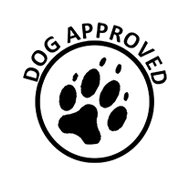
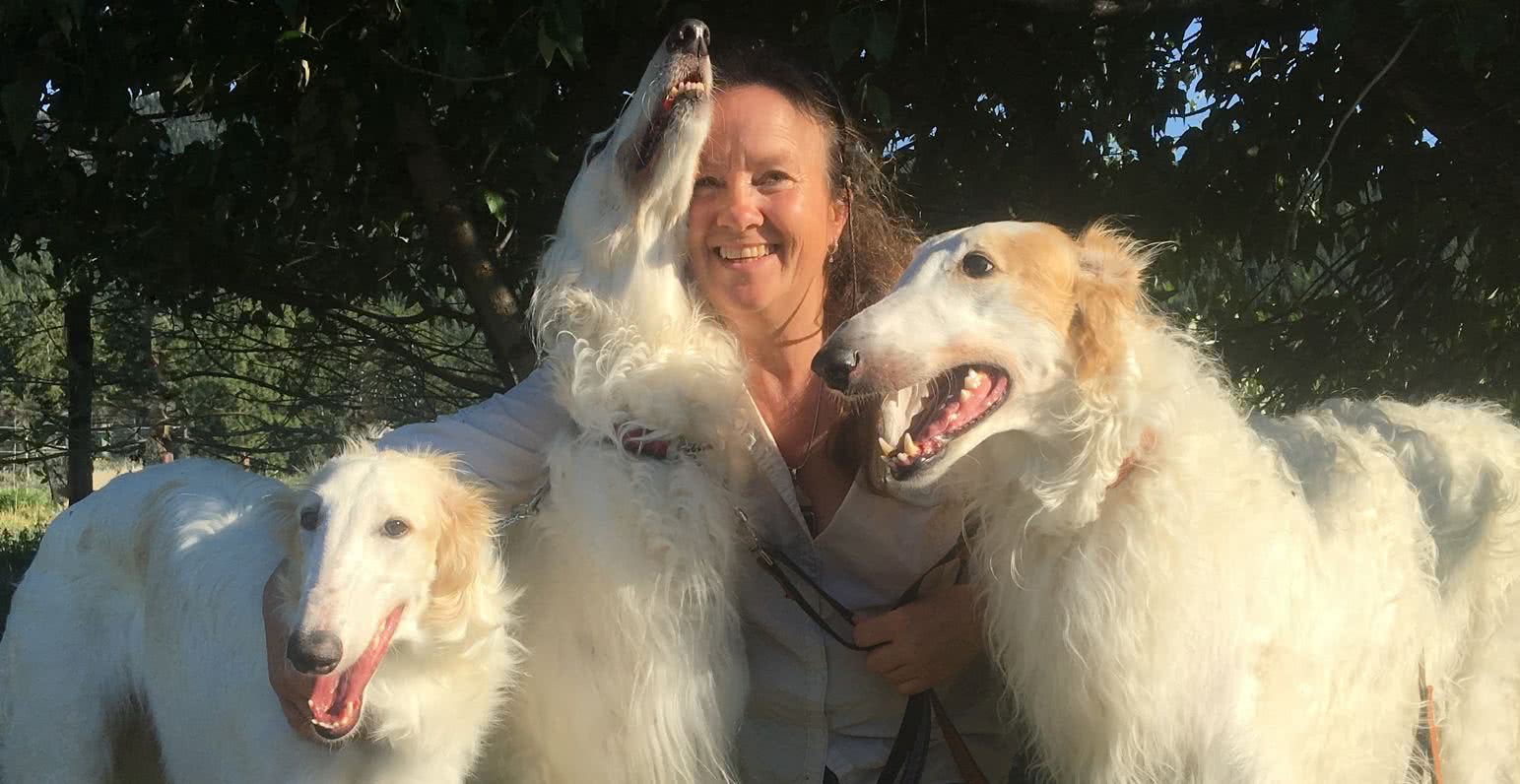


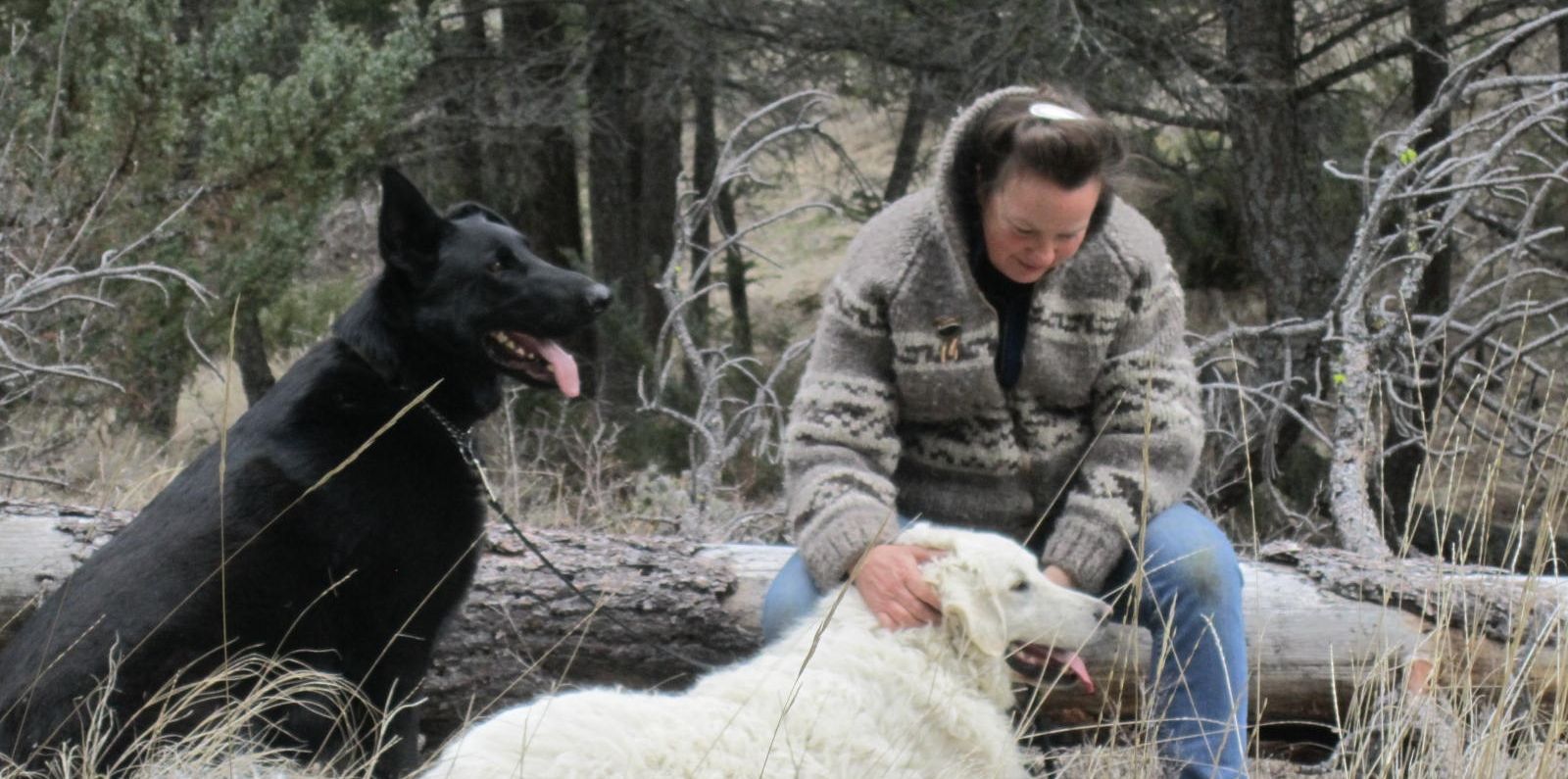
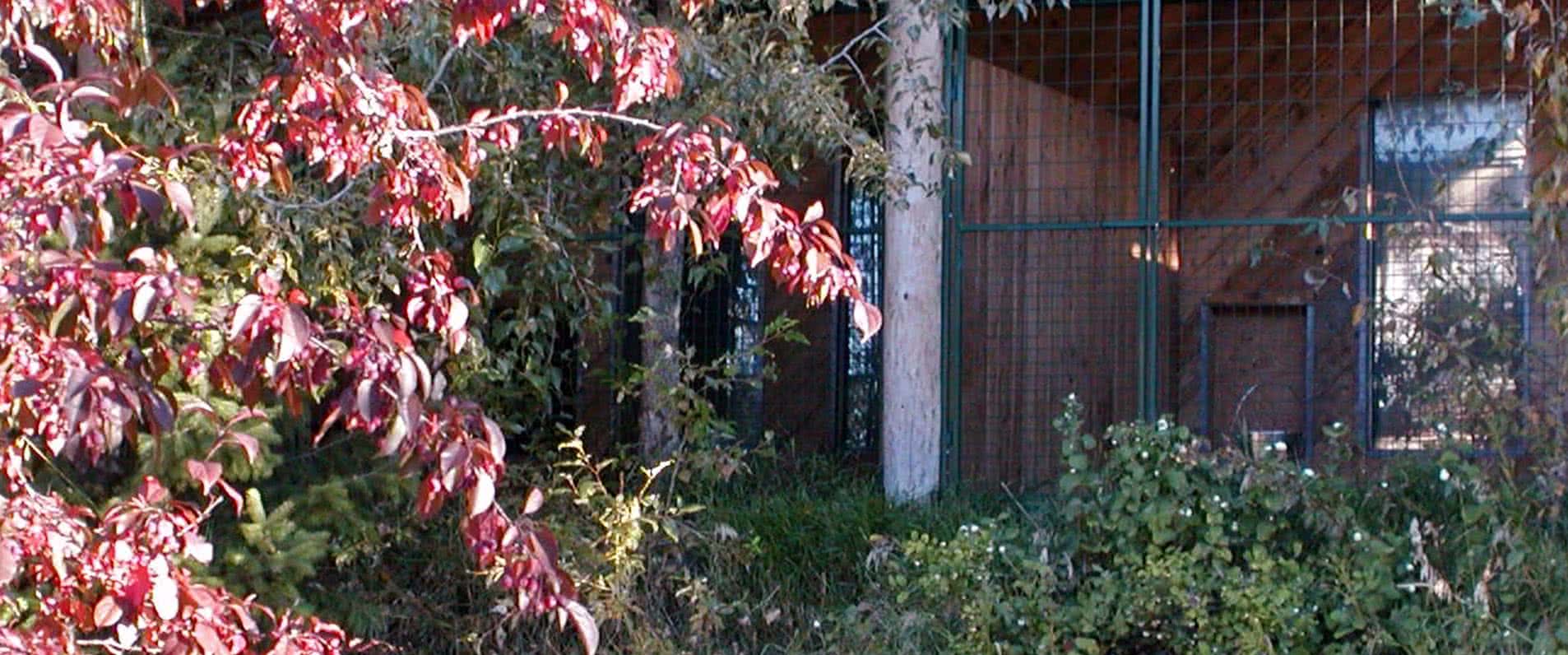
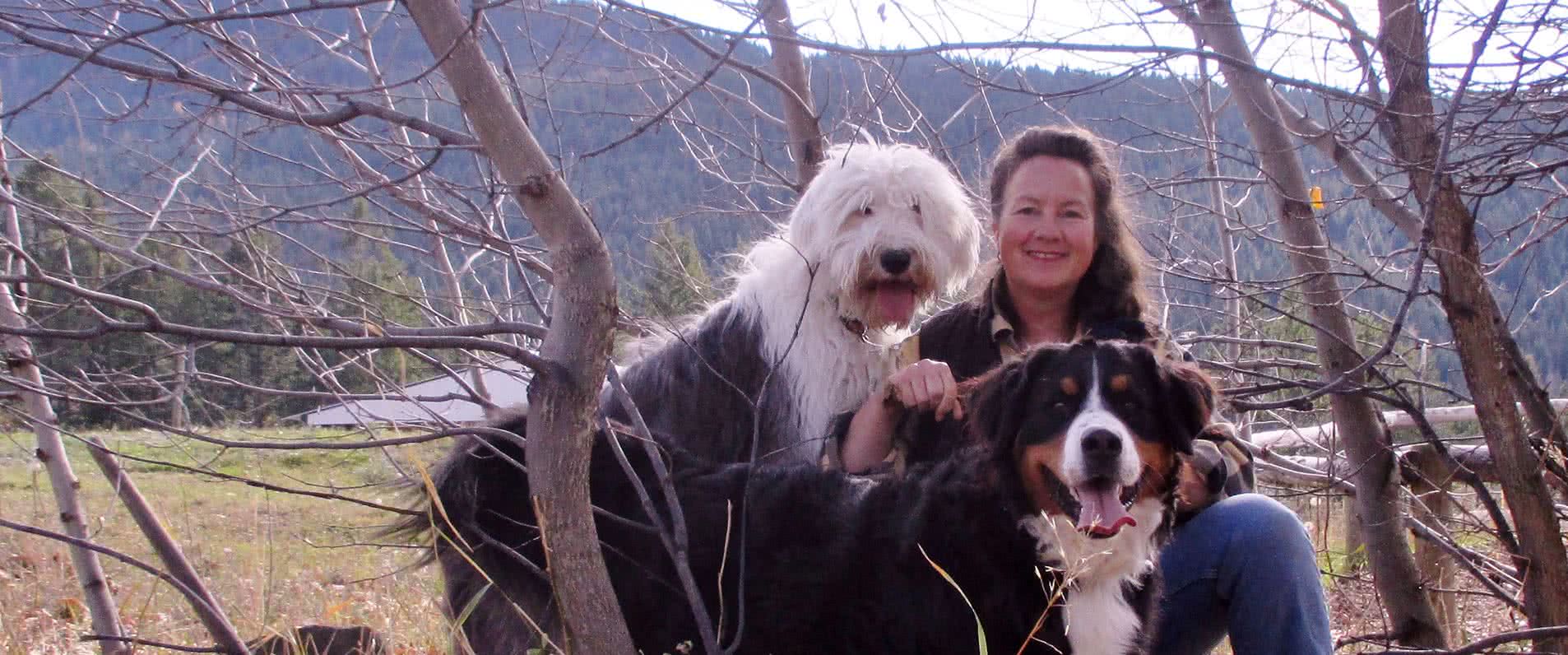



 Contact Form
Contact Form